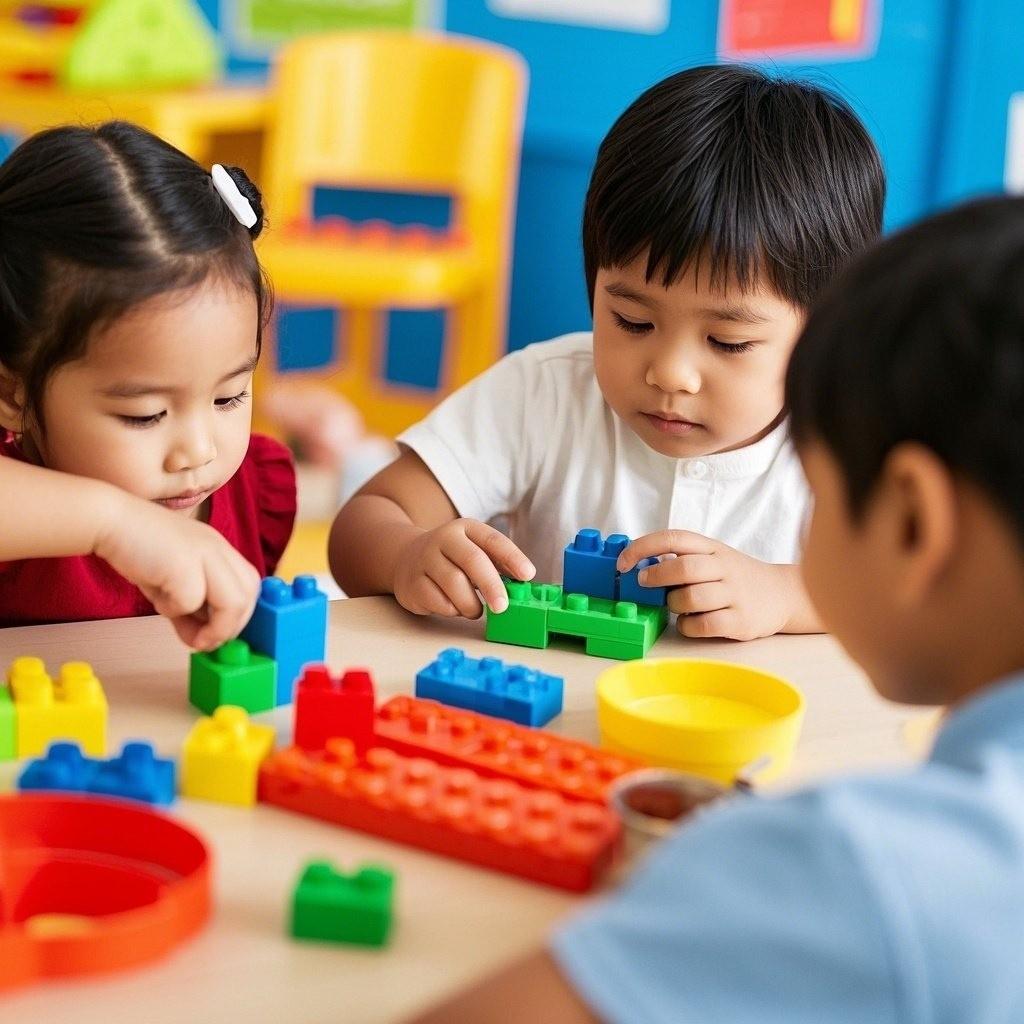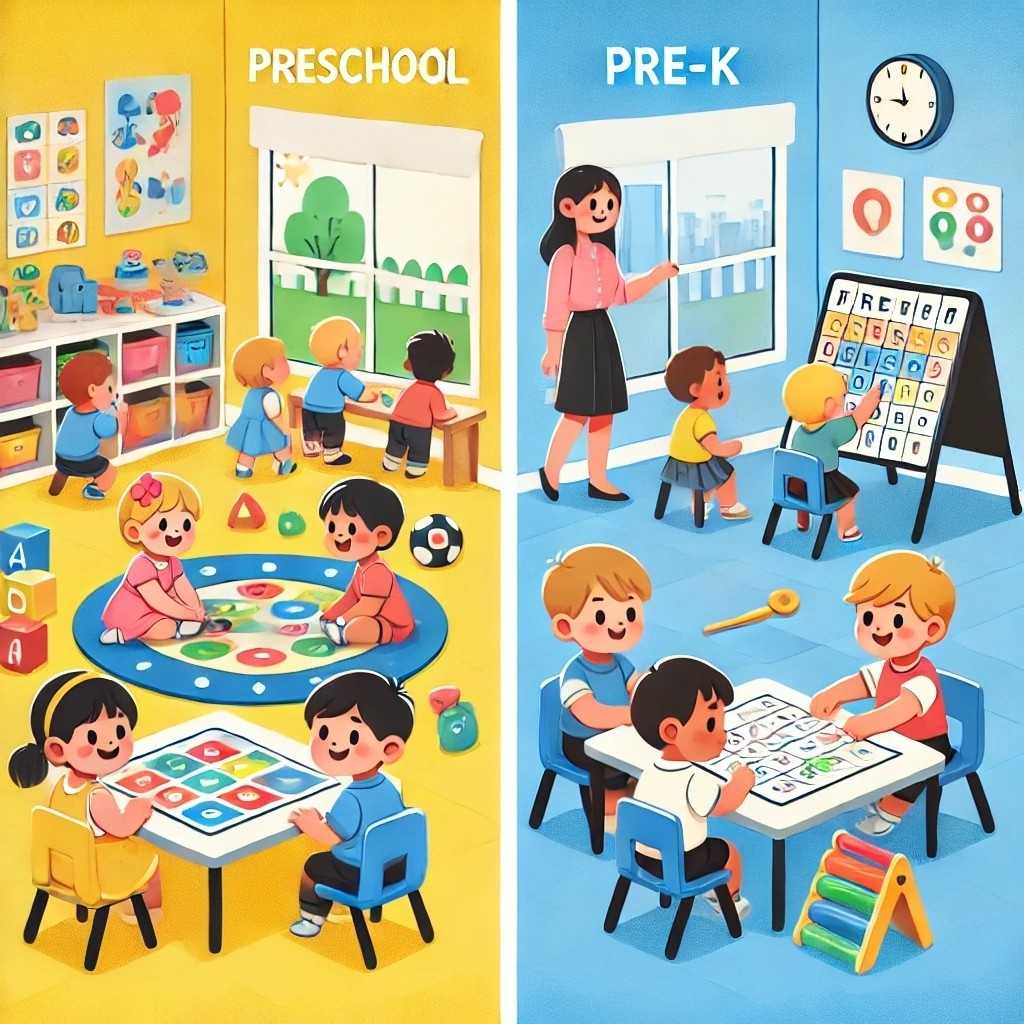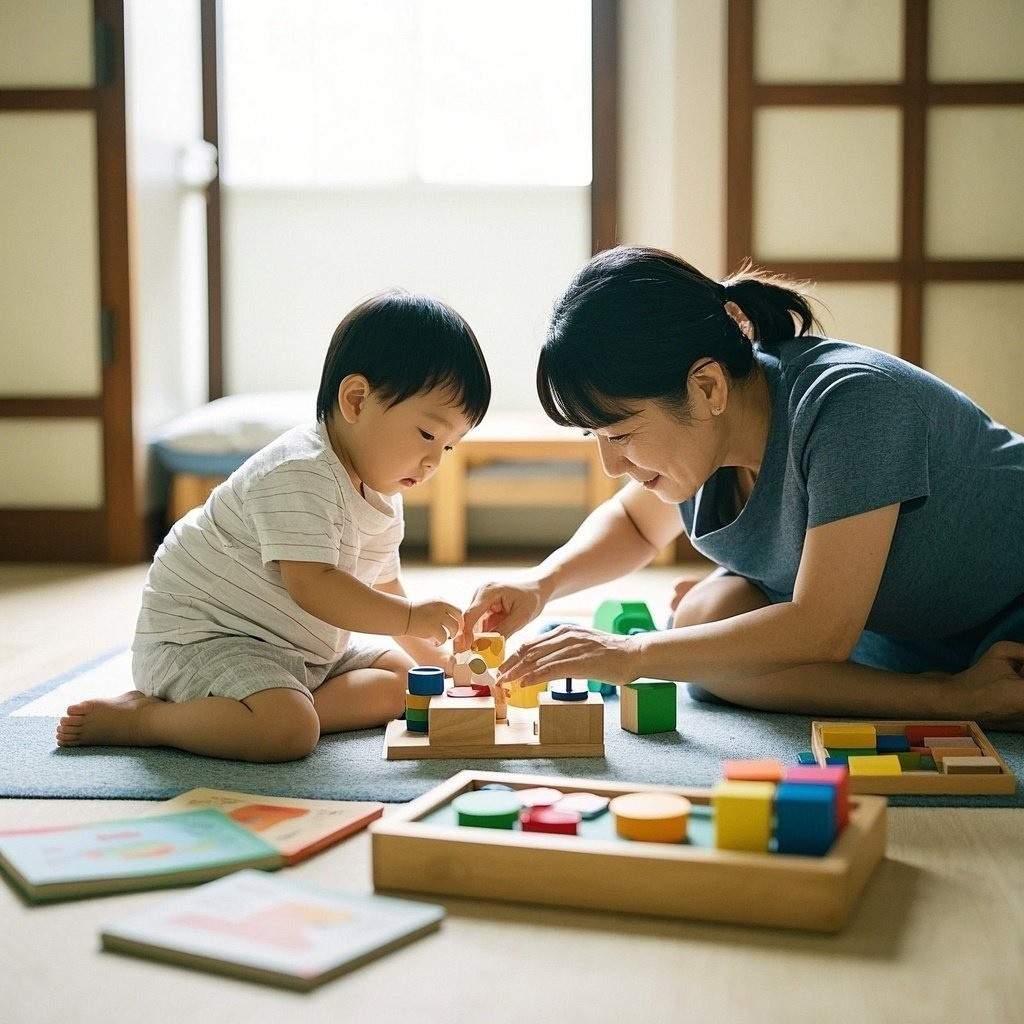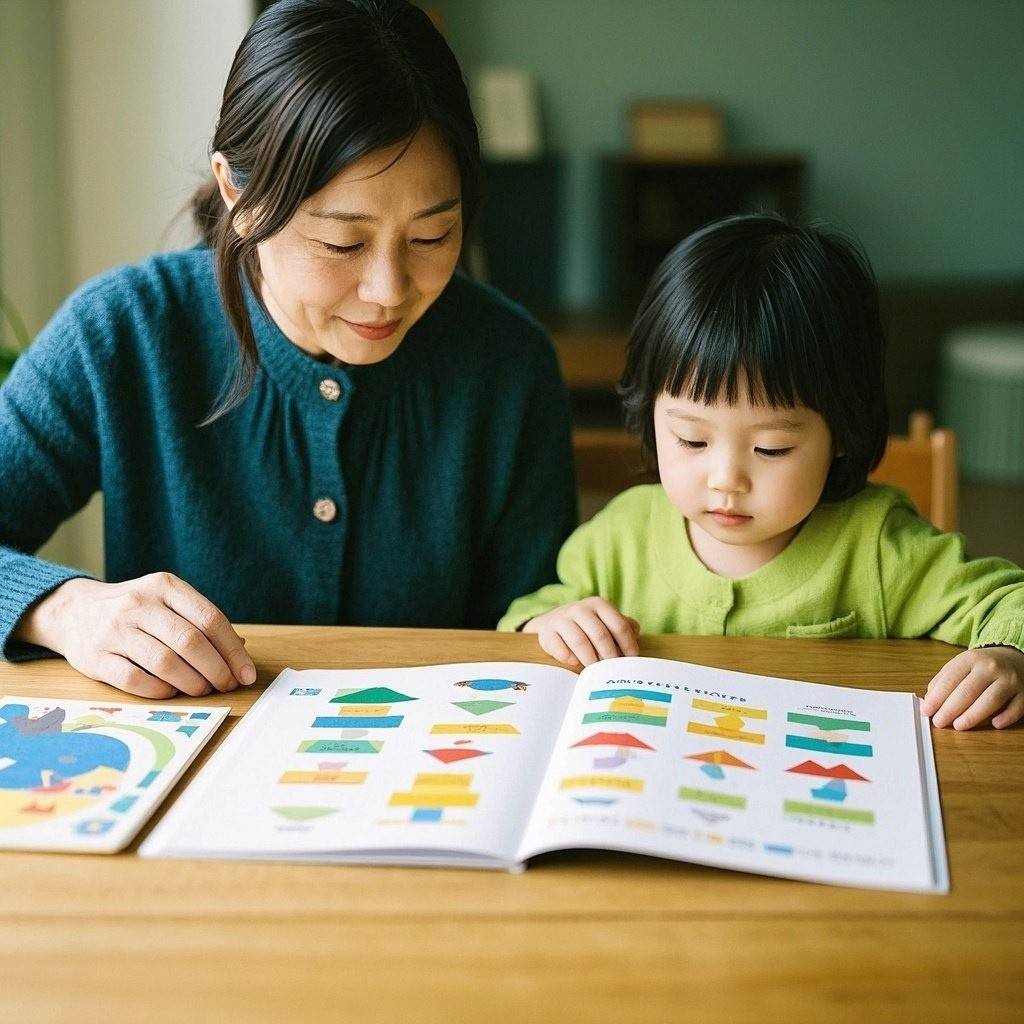Introduction to STEM Learning Through Play
In the world of early childhood education, the idea of integrating STEM topics within play activities is rooted in the belief that children learn best when they are engaged and having fun. Young children have a natural affinity for exploration and discovery, both of which are cornerstones of scientific inquiry and problem-solving. By creating playful, hands-on learning experiences, educators and parents can tap into this innate curiosity to help build foundational skills in science, technology, engineering, and math.
Why Start Early?
Starting STEM education in preschool allows children to develop comfort and familiarity with STEM-related concepts. Traditional education models often postpone formal STEM instruction until elementary school or later. However, modern research on child development emphasizes that young brains are primed for sensory exploration, pattern recognition, and logical reasoning well before formal schooling begins. When preschoolers engage in activities like counting objects or observing the growth of a plant, they naturally begin to form cognitive connections to mathematical and scientific principles.
Leveraging Natural Curiosity
Children, especially preschoolers, are inherently curious about their surroundings. They ask countless “why” and “how” questions, often leaving adults scrambling to keep up. By channeling this curiosity into structured play scenarios, adults can create a rich environment where children are motivated to find answers. This sense of ownership in their learning process encourages deeper involvement and sustained interest in STEM topics.
Benefits of Incorporating STEM in Preschool Education
Introducing STEM early on has numerous advantages, not only for a child’s academic future but also for their overall development.
- Enhanced Cognitive Development: Through hands-on activities, children develop critical thinking skills, learn to observe, form hypotheses, and make conclusions. These cognitive processes help shape the way they approach problems, both in and out of the classroom.
- Improved Language and Communication Skills: While STEM focuses on numeric and scientific concepts, it also fosters communication. Children learn to articulate their observations, ask questions, and explain results. This constant interplay of thoughts and words can enhance a child’s vocabulary and linguistic abilities, especially when guided by an adult’s probing questions (e.g., “What do you think will happen next?”).
- Greater Confidence and Self-Efficacy: By successfully completing simple experiments or activities, preschoolers gain confidence in their abilities to explore, create, and solve problems. This self-belief forms a strong foundation for future learning experiences.
- Introduction to Teamwork and Cooperation: Many STEM activities can be done in small groups, requiring children to share materials, take turns, and work toward a common goal. This cooperative environment helps them develop social skills such as empathy, active listening, and collaboration—attributes highly valued in modern educational and professional settings.
- Early Exposure to Real-World Applications: Real-world connections can be made in a child-friendly manner, like building a simple bridge out of blocks or discussing where our electricity comes from. These early exposures demystify complex topics, making them more approachable and interesting as children grow older.

Fun and Creative STEM Activities for Preschoolers
To solidify the concept of Learning Through Play: STEM Ideas for Preschool Children, here are some engaging activities that blend fun with foundational STEM principles:
- Sink or Float Experiment (Science/Math)
- Materials: A container of water, small objects (e.g., plastic toys, pebbles, corks).
- Method: Have children predict whether each object will sink or float. Drop them into the water to see the results.
- STEM Focus: Observational skills, predictive analysis, basic understanding of buoyancy, and counting results.
- Building Blocks Challenge (Engineering/Math)
- Materials: Wooden or plastic blocks of various shapes and sizes.
- Method: Challenge preschoolers to build the tallest tower they can. Encourage them to think about stability and balance.
- STEM Focus: Structural engineering concepts, problem-solving, and shape recognition.
- Pattern Creation (Math)
- Materials: Colored beads, buttons, or paper shapes.
- Method: Show children how to form a simple pattern (e.g., red, blue, red, blue) and then let them create their own.
- STEM Focus: Pattern recognition, sequencing, and logic.
- Nature Exploration Walk (Science)
- Materials: A simple list or pictures of items to find (e.g., leaf, rock, flower).
- Method: Take a walk outside, encouraging children to look for and collect various natural objects. Discuss their textures, colors, and shapes.
- STEM Focus: Observation, classification, and fostering a connection with the natural world.
- DIY Rain Cloud in a Jar (Science)
- Materials: Clear jar or cup, water, shaving cream, food coloring.
- Method: Fill the jar with water, top it with shaving cream, and drop food coloring onto the cream. Watch as the “rain” seeps through the shaving cream into the water.
- STEM Focus: Introduction to basic weather concepts, observation of liquids, and discussion about how rain forms in clouds.
- Simple Coding with Arrows (Technology)
- Materials: Paper arrows, toy robot, or a stuffed animal.
- Method: Place the toy at one end of the room and set up a simple route. Let the children “program” the toy’s movements by lining up arrow cards (forward, turn left, turn right).
- STEM Focus: Basic algorithmic thinking, directional understanding, and logic sequencing.

These activities serve as a starting point. By incorporating playful elements—like singing a song about shapes or storytelling around a building challenge—educators and parents can transform standard lessons into adventures.
Importance of Play-Based Learning in Early Childhood Education
Play-based learning is a pedagogical approach that integrates fun, hands-on experiences into the educational process. When combined with STEM, it becomes a powerhouse for cultivating curiosity, creativity, and a willingness to explore. Experts like Jean Piaget and Lev Vygotsky emphasized that children learn best through interactive engagement. Piaget’s theory of cognitive development, for instance, underscores how children actively construct their understanding of the world by interacting with it.
Holistic Development
Play-based learning ensures a balance between cognitive, social, emotional, and physical growth. When a preschooler uses building blocks, they are not just learning about balance and gravity (cognitive); they are also negotiating with peers for resources (social), dealing with the frustration of a tower falling (emotional), and refining their fine motor skills by carefully placing each block (physical).
Intrinsic Motivation
Children are naturally drawn to activities that they find enjoyable. In a play-based setting, STEM is not presented as a rigid subject with right or wrong answers, but as a creative endeavor filled with possibilities. This opens the door for self-directed learning, where children take initiative and remain engaged for more extended periods.
Lifelong Love for Learning
By embedding lessons in the context of fun and play, educators can foster a positive attitude towards education as a whole. Early positive experiences with STEM can encourage a lifelong interest in these fields, setting a strong foundation for advanced concepts down the road.

Building Problem-Solving Skills Through Playful STEM Experiments
STEM learning isn’t just about acquiring specific knowledge; it’s also about developing crucial problem-solving skills. Preschoolers who engage in playful STEM experiments learn to approach challenges systematically and creatively.
- Developing Hypotheses: Through playful scenarios—like guessing which objects might dissolve in water—children learn the basics of forming a hypothesis. This type of reasoning fosters critical thinking, a skill that will serve them in various facets of life.
- Trial and Error: In many play-based STEM activities, preschoolers try multiple approaches before finding what works. For instance, when constructing a paper airplane, they might fold the paper differently each time until it flies farther. Each “error” is a learning opportunity, reinforcing resilience and adaptability.
- Reflection and Documentation: Educators can guide children to note (verbally or through drawings) what happens after each experiment. This reflection helps them internalize the learning experience, recognize patterns, and relate their actions to outcomes—key steps in scientific exploration.
- Creative Thinking: When designing a structure or mixing colors in a science experiment, children often exhibit unbridled creativity. Instead of placing constraints on these efforts, adults can encourage them to explore offbeat ideas. This open-mindedness is precisely the mindset that leads to innovation.
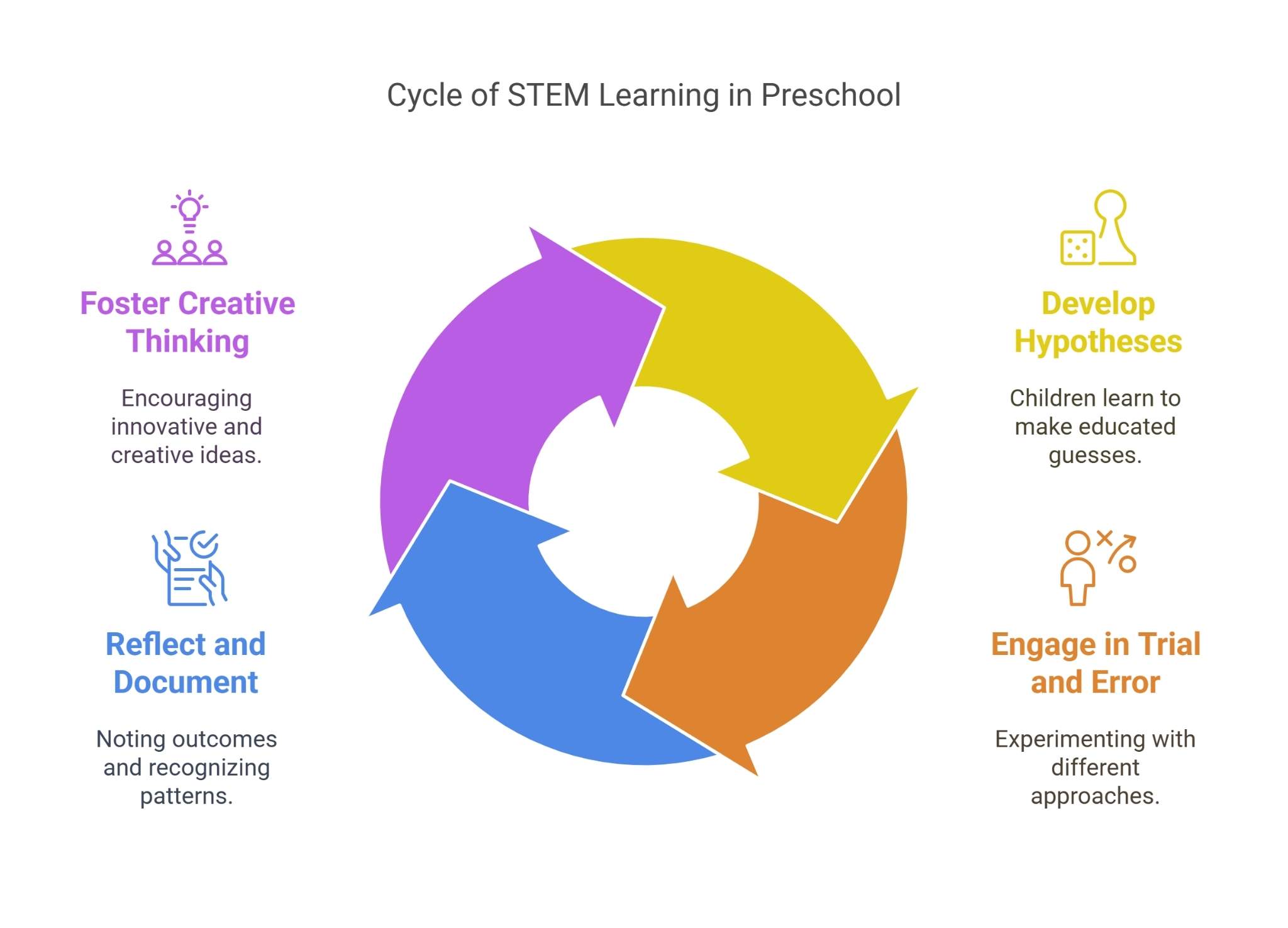
By placing the focus on problem-solving rather than memorization, these early STEM endeavors set the groundwork for a generation of creative thinkers and innovators.
Encouraging Curiosity and Exploration in Preschoolers Through STEM Play
Curiosity is the driving force behind much of a child’s desire to learn. When young learners are encouraged to ask questions and explore without fear of mistakes, they develop an inquisitive mindset that fuels their educational journey.
Establish a Safe Environment
First and foremost, create an environment where preschoolers feel safe to experiment. This means allowing them to make mistakes without judgment and celebrating their efforts as much as their successes. When children know they will not be scolded for spilling water during a science experiment or for building a lopsided tower, they are more likely to keep trying and learning.
Use Open-Ended Questions
Asking questions like, “What do you think will happen if we add more water?” or “Why do you think your tower fell down?” promotes deeper thinking. These queries do not have a single, straightforward answer, inviting children to explore multiple possibilities and come up with their own creative explanations.
Involve Children in Decision-Making
When children get a say in choosing activities—be it selecting which experiment to try first or picking the materials to use—they feel a sense of ownership. This autonomy boosts their engagement and enthusiasm.
Celebrate Curiosity
Applaud children when they ask interesting or unique questions, even if you do not immediately know the answers. This positive reinforcement keeps their curiosity alive, making them more eager to learn and discover.
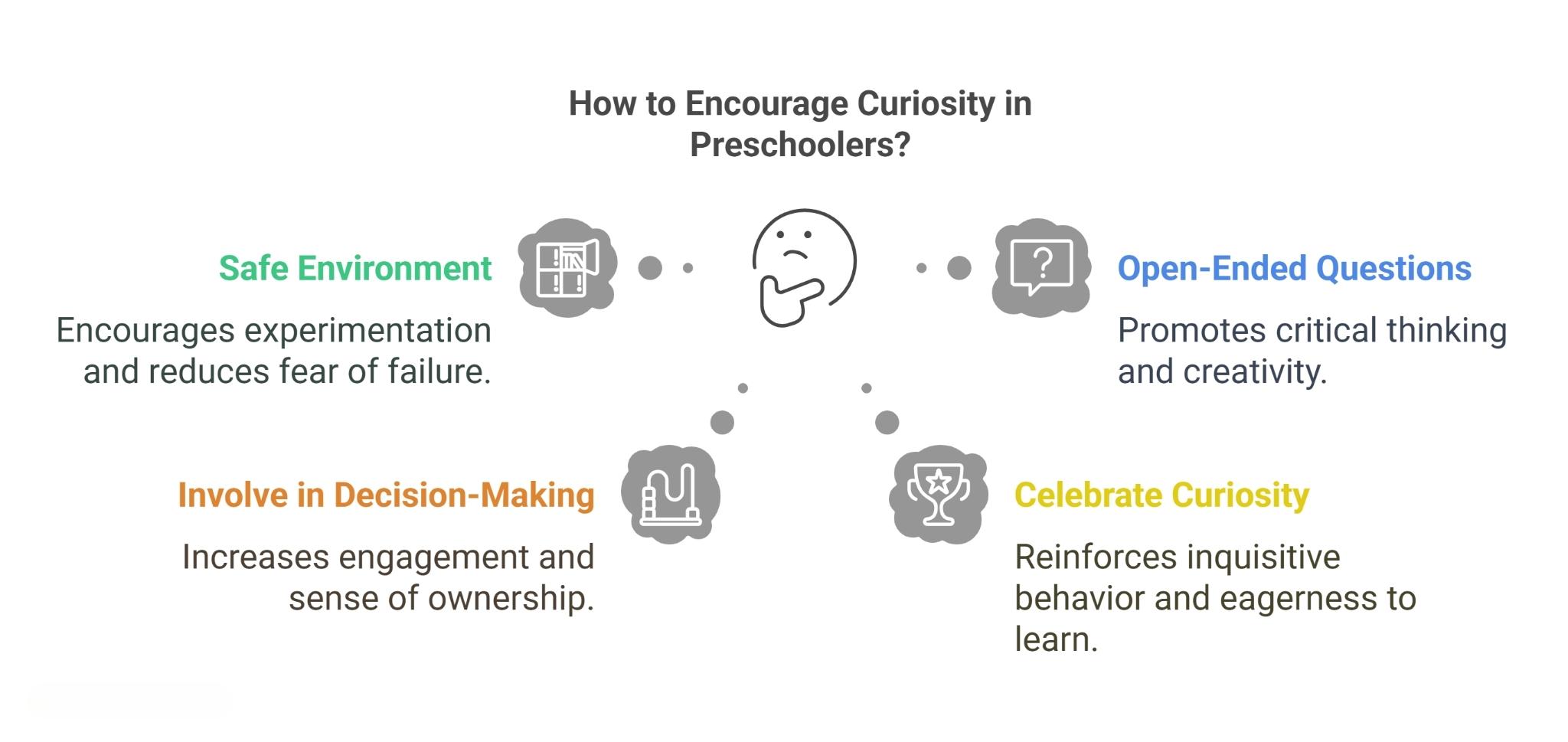
Conclusion
Learning Through Play: STEM Ideas for Preschool Children is far more than a buzzworthy phrase. It represents a fundamental shift in early childhood education that prioritizes hands-on experiences, critical thinking, and the development of lifelong learning skills. By introducing STEM concepts through engaging activities and nurturing children’s natural curiosity, we equip them with the tools to navigate and shape a rapidly evolving world.
The advantages extend beyond early academic gains. Playful STEM lessons lay the groundwork for resilience, creativity, and collaboration—attributes that are just as valuable in personal growth as they are in professional settings. As we continue to appreciate the innate curiosity and boundless energy of preschoolers, let us remember that learning is not a race; it is an adventure. By blending STEM with the magic of play, we can turn everyday moments into profound educational milestones, paving the way for children to become confident, competent learners who carry their love of exploration well into the future.

